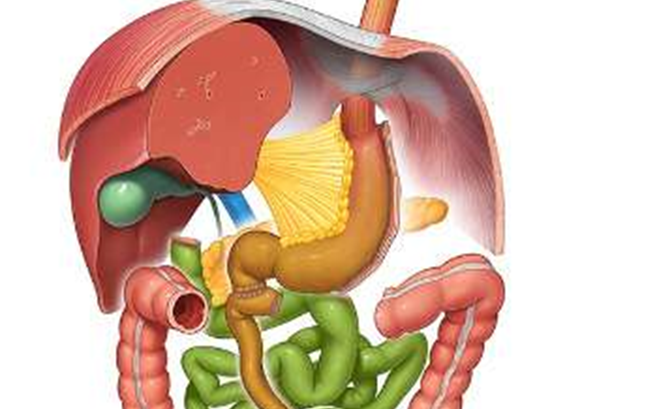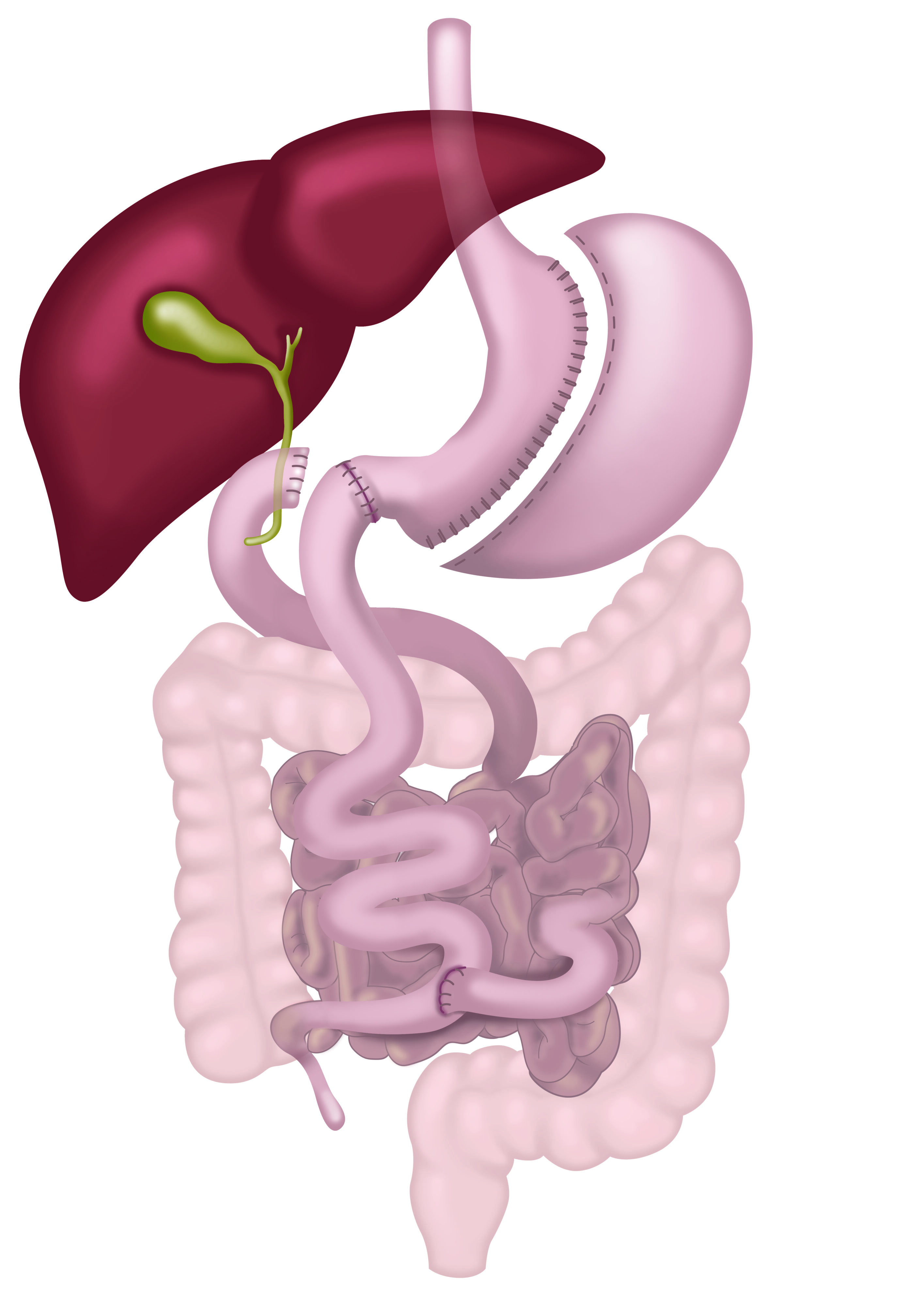
Biliopancreatic Diversion with Duodenal Switch
Biliopancreatic diversion with Duodenal Switch (DS), also called duodenal switch, is one of the most efficient weight loss surgery. The first part of the surgery is a sleeve gastrectomy (Sleeve Gastrectomy). The first part of the small bowel (duodenum) is then cut and connected to the last 250 to 300 cm of small bowel, bypassing about two-thirds of the total length of small bowel. Bile juice is also deviated and mixed with food at the last 100 cm of the small bowel. Fat absorption occurs only in this short segment of intestine. After this operation, the amount of food you can eat is reduced as well as the absorption of fat, proteins and calories.

Source: Medtronic
The BPD/DS is one of the most effective bariatric procedures in terms of weight loss and long-term improvement of associated diseases. Weight loss is typically around 40% of the initial weight with some of the lowest risk of long-term weight regain. BPD/DS also offers the best chances of improvement or resolution of obesity-related diseases such as type 2 diabetes, hypertension, dyslipidemia, fatty liver disease and sleep apnea, among all weight loss procedures.
The risk of postoperative complications following BPD/DS is slightly higher compared to other bariatric procedures and includes a risk of bleeding, anastomotic leak, infections, and deep venous thrombosis.
Due to the significant reduction in absorption of nutrients and fat secondary to the intestinal bypass there is a long-term risk of vitamin and protein deficiencies. For this reason, this procedure requires close medical monitoring with annual blood tests, strict adherence to dietary recommendations and vitamin and mineral supplementation.
It is also associated with a higher rate of gastro-intestinal side-effects, including increased number of daily bowel movements, bloating and malodorous gas.
